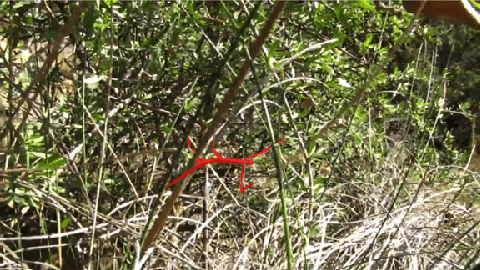It's Moving! A Probabilistic Model for Causal Motion Segmentation in Moving Camera Videos
Paper and Code
Apr 01, 2016



The human ability to detect and segment moving objects works in the presence of multiple objects, complex background geometry, motion of the observer, and even camouflage. In addition to all of this, the ability to detect motion is nearly instantaneous. While there has been much recent progress in motion segmentation, it still appears we are far from human capabilities. In this work, we derive from first principles a new likelihood function for assessing the probability of an optical flow vector given the 3D motion direction of an object. This likelihood uses a novel combination of the angle and magnitude of the optical flow to maximize the information about the true motions of objects. Using this new likelihood and several innovations in initialization, we develop a motion segmentation algorithm that beats current state-of-the-art methods by a large margin. We compare to five state-of-the-art methods on two established benchmarks, and a third new data set of camouflaged animals, which we introduce to push motion segmentation to the next level.
 Add to Chrome
Add to Chrome Add to Firefox
Add to Firefox Add to Edge
Add to Edge